This article is part of a series called How to Write a Cover Letter. To start this series from the beginning, read the introduction.
Your cover letter tells a story. It’s got a beginning, a middle, and an ending. If you tell your story right then you’ll get your resume read. If your story is a stinker, a fairy tale, a romance novel, or shrouded in mystery then you’ll likely land in the reject pile with the other sad, sordid endings.
If you’d prefer a happy ending by landing a job interview, then it pays to become a skilled writer and learn to construct your cover letter right! Write? To do this, it’s best to have a job description ready so you can match your skills to employer requirements. It’s also a good idea to attack your cover letter after writing your resume since the major cover points can be excerpted easily. Going over the Anatomy of a Killer Resume is a great way to get going if you’ve got resume writer’s block. Promise.
| Cover Letter Writing Series: |
|---|
|
So let’s lose the drama, learn some anatomy, and get the facts right by authoring a cover letter that exceeds any editor’s great expectations. Here’s the general Anatomy of a Killer Cover Letter:
1. Your Contact Information
Like the beginning of your resume, your cover letter must state your contact information, including: name, full address, phone number, and email address. If you miss this mark or mistype your digits you won’t hear a peep from the people with the position. Get these details right and you’re off to a great start. Makes sense, yes?
BAD Contact Information
Mr. Smith
Canada
1.800.dog.chow
pervy@P0rnilicious.com
GOOD Contact Information
John Smith
175 Springfield Road, Vancouver BC, V1B 3Y7
613.555.5555
john_smith@example.com
2. Employer’s Contact Information
Always, always, always get your salutation right and address your cover letter to the RIGHT person. Addressing your application to the WRONG person could send your paperwork astray placing you far from the hiring manager’s desk and near the paper shredder.
Also, do yourself a solid by making the salutation specific and not just To Whom It May Concern, Dear Sir/Madam, or To: Hiring Manager. Going beyond the general position title and getting the name specific personalizes your application and can send you to the top of the pile. It may take a little legwork to find the hiring manager’s name, but by perusing the job description or by researching the company’s website you might just find the salutation you’re looking for.
Lastly, please don’t leave form letter space holders like, [Enter Company Name Here] in the cover letter contact area – or any area for that matter. I’ve seen this happen. Don’t let it happen to you.
BAD Employer’s Contact
To Whom It May Concern, or Hiring Manager
[Enter Company Name Here]
The Brown Office Building
GOOD Employer’s Contact
Jane Davy, Documentation Manager
Initech Corporation
34 Hamilton Street, Vancouver BC, V1B 3H7
3. Your First Paragraph
The first paragraph in your cover letter is important. Your leading words serve as your pitch for the position, so you’ve got to grab the hiring manager’s attention to get them interested. Start the first paragraph by identifying the position you’re applying for and then explain how you found the job. Be sure to mention a referral or friendly mutual contact if it’s relevant to the company, department, or position. Lastly, briefly explain why you’re the right candidate for the position. And please, don’t ever use emoticons (smilies) in your cover letter. 😀
BAD First Paragraph
Please hire me for that job at your company. I’ve been watching the want ads closely for months and this job seems to pay the best. I have a few friends who already work for you, so ask them about my skills. I scored some decent grades at college and I’ve worked two years already. 😀
GOOD First Paragraph
I am submitting my resume for consideration towards the Technical Writer position advertised in The Daily on September 17, 2009. My four years of documentation experience combined with a Bachelor of Computer Science degree make me an ideal candidate for this position.
4. Your Second Paragraph (the third is optional)
Now that you’ve grabbed the reader’s attention, it’s time to demonstrate why you’re a good fit for the company. Be sure to list one or two of your relevant skills or qualifications and show examples that highlight your experience. It’s not a bad idea to mention why you want to work for the company and show that you’ve spent some time researching the organization.
BAD Second & Third Paragraph
I’d like to land a job where I can be an editor and not always write online help documentation. I’ve written help manuals for a number of years now and I’d like a change.
I can document a lot of different things, but I’d prefer to create training videos and it seems like Initech Corporation is a good company who likes to keep employees happy because you’ve been named one of Canada’s Top 100 Employers.
Sure, this may seem a far-fetched example – but I’ve seen MANY cover letters where the applicant complains about their current work rather than pitching their skills for the position. It’s amusing for the hiring manager, but it gets the applicant nowhere.
GOOD Second & Third Paragraph
For the last two years, I have held a technical writing position where my software development skills and training manuals have helped teach accountants to use complex inventory control software. As my resume reflects, I am a strong and flexible writer with experience documenting online help systems, end user manuals, how-to guides, installation manuals, and instructional videos.
I am very interested in working with Initech Corporation due to your selection as one of Canada’s Top 100 Employers.
5. Final Paragraph
The last paragraph is where you seal the deal and ask for the interview. Don’t be shy about it. Restate your desire to work for the company.
BAD Final Paragraph
I probably have what it takes to do a decent job at your company. If you’d like to discuss my skills further, I can be reached on Mondays and Wednesdays but only after 5PM.
GOOD Final Paragraph
I am very interested in Initech Corporation’s Technical Writer position and believe my skills and experience are an excellent fit for the job. Initech has an excellent reputation and I welcome the opportunity to meet with you for an interview.
6. Closing
Keep your closing simple. There’s no need to get weepy, lovey-dovey, or desperate. Always keep your final words professional and to the point.
BAD Closing
Love and kisses,
Miss. Krissy Snow
(smooch)
GOOD Closing
Sincerely,
Your signature (if sending a hardcopy)
Your name
Hopefully this article has demystified the mystery behind the anatomy of a killer cover letter. Once the components are broken down it’s easier to see how it’s possible to tell your story in just a few paragraphs and land that job interview in under a page. Now go get it covered! 😉
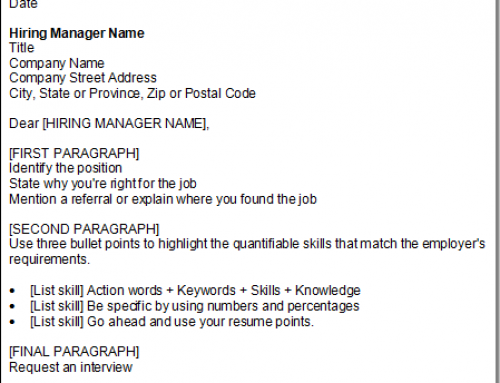
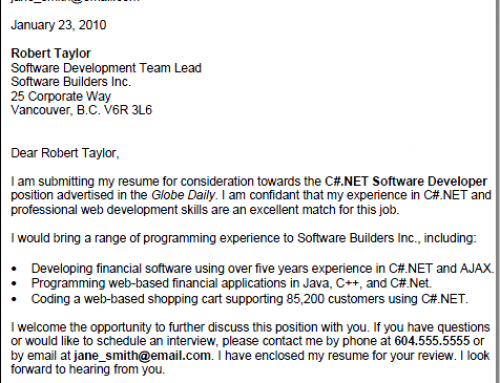
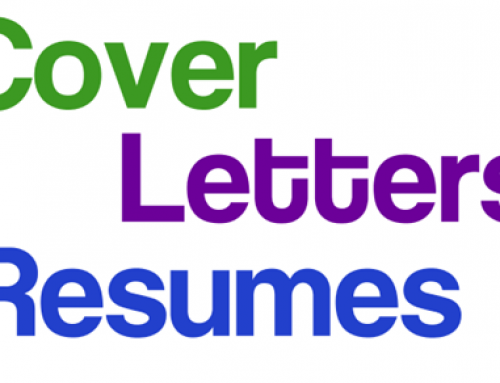
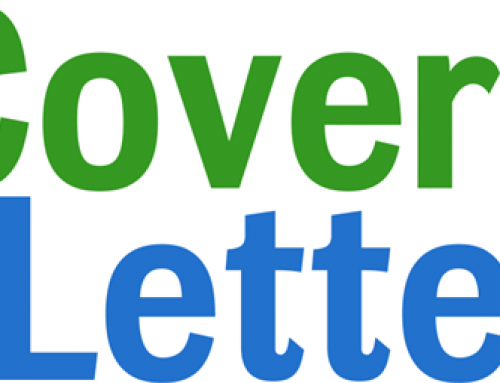
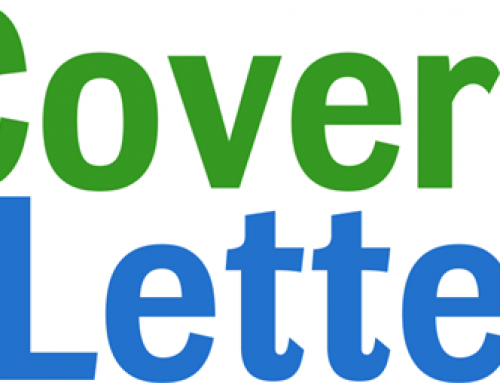
While I agree there is a format to cover letters, it’s also a good idea to take some chances. A little creativity (without getting cutesy) will get your cover letter noticed in a stack of cover letters following the same old played-out formula. Make it lively and engaging without getting in the way of conveying the core information.
Great advice! I will say this though: DO NOT call if the ad specifies “no phone call”. Even to find out the name of the person hiring. I will remember you from your phone call and when I receive your resume, I’ll remember you can’t follow directions.
[…] an extremely helpful series on writing cover leters. Don’t miss the first installment: Anatomy of a Killer Cover Letter. Squawkfox’s Kerry Taylor also wrote a guest post for Get Rich Slowly (@jdroth): Five Ways to […]
After many attempts to find a job, I found that this approach really does work. It lands interviews, which is half the battle.
[…] have a number of career resources for you this week. Squawkfox did a great analysis of a killer cover letter – a play-by-play of sorts for pitching yourself in one page or less. Once you’re done […]
The first paragraph of your letter can be even stronger. You’re right that you need to get attention right away; HR hiring managers suggest that your first paragraph starts by announcing your strongest attributes. Then you follow up with the formal “application” sentence: “This is what I would bring to the position of…”
This site is very helpful. After several attempts to find a job, I found that this approach actually works. Go down to the interviews, which is half. 🙂
It’s still a crap shoot with cover letters. Because a lot depends on the personality of the person reading it. However, it never hurts to fine tune your cover letter.
If you are able to do a special piece for those of us in creative industries- specifically the film/TV industry, I would love that! Our problem is that job postings are anonymous, so not only is there no hiring name or a real regular email (they make one just for the job), but rarely is it even made known the name of the company or the name of the show. And then I struggle with balancing how to demonstrate creativity and the technicality required. Most people want your resume simply to be a list of credits and title, no details, so cover letters are the only way to demonstrate anything special.
(I should add I am an editor/assistant editor and also submit for on-set jobs occasionally, so was asking for those “nontaditional” jobs in our industry- for the office jobs such as Asst to Producer, Development, Studio Coordinator of some sort, etc, standards are like traditional business.)
This is no different then what the unemployment “professionals” preach. Same cover letter, same format, same thing in different words. It finally occurred to me they are there to collect statistics, not help you find a job. I am an experienced professional myself, and this article is good for those who don’t know how to write a cover letter. For the rest of us, it’s the same jargon. I just wanted to see if perhaps I can tweak mine, make it better somehow. Now I realize the more I try to make it better then it is, the worse it gets. I wish I could share my cover letter with everyone, as it really is a “killer” but that won’t happen because I decided to finally start speaking my mind rather then being kind so obviously I won’t be able to. It sounds like I am bitter, but actually I am fed up with know-it alls in these offices who have smug attitudes and don’t appreciate the truth-that I have more education and experience then they do in their own fields and that I can do a much better job then they can-I just don’t get the chance to prove it.
Good luck to everyone! My best to you all.
Good information and I enjoyed the examples. I agree with addressing cover letters to the appropriate person but that is not always possible with many blind ads.
Very good information, very detailed and I love that they give examples and dos and don’ts.